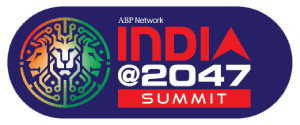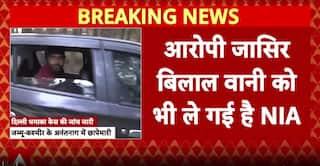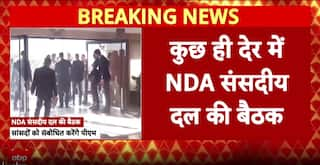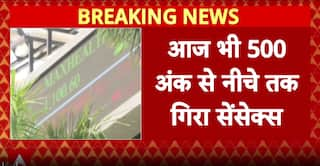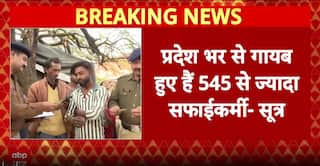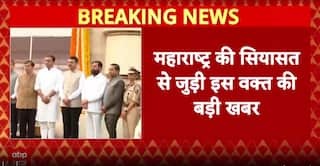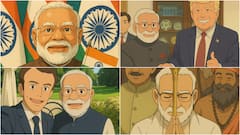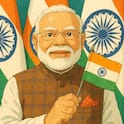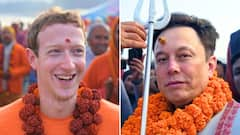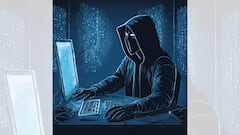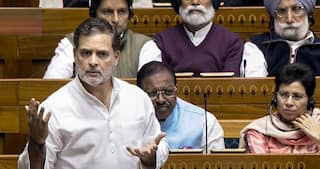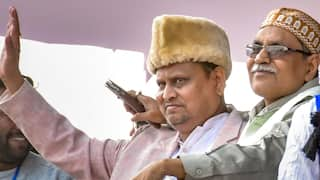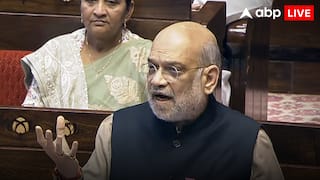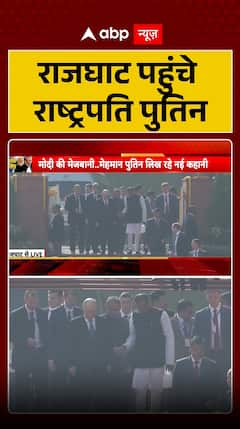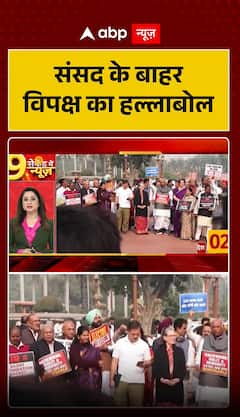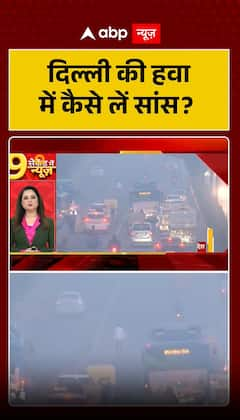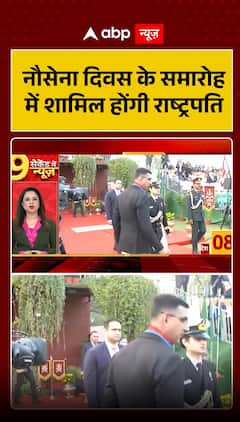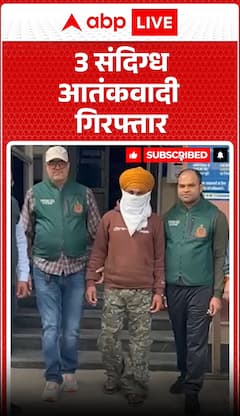ChatGPT’s Image Generation Powers Just Leveled Up: Here’s What Free Users Get
One of the biggest takeaways from ChatGPT's latest update is that both free and paid users will have access to the new image-generation feature.

OpenAI has rolled out a game-changing update to ChatGPT, significantly enhancing its image-generation capabilities. This marks the chatbot’s first major visual upgrade in over a year, bringing a more sophisticated and user-friendly approach to AI-powered image creation. The new feature, dubbed "Images in ChatGPT," enables users to generate and modify images seamlessly within conversations.
Image Generation for All, With Some Limits
One of the biggest takeaways from this update is that both free and paid users will have access to the new image-generation feature. While premium subscribers — Plus, Pro, and Team members — will enjoy broader access, free-tier users aren’t left out. They will have a limited daily quota, similar to OpenAI’s DALL-E 3 model. The exact cap may fluctuate depending on demand, ensuring that more users get to experience AI-powered image creation without an upfront investment.
Unlike its predecessors, the updated GPT-4o model now “thinks” for a longer period before generating an image. This results in higher accuracy and finer details. Instead of using diffusion-based techniques, the model adopts an autoregressive approach, constructing images from top to bottom and left to right. This change is expected to improve the rendering of complex elements, especially text within images, an area where AI models have traditionally struggled.
More Control and Enhanced Editing Tools
Beyond generating fresh visuals, the upgraded ChatGPT now enables users to edit existing images with greater precision. The AI can modify elements within an image, including those featuring people, through an inpainting technique. This allows users to refine images in real-time by adjusting backgrounds, adding details, or tweaking colours — all through a conversational interface.
Additionally, the model boasts superior object-to-attribute binding, ensuring more accurate depictions of complex scenes. While earlier AI image generators struggled to manage more than 5-8 distinct objects in a single image, GPT-4o can handle up to 15-20 while maintaining realism and consistency.
“This model is a step change above previous models,” said OpenAI research lead Gabriel Goh in a conversation with The Verge. He emphasised that the improved attribute binding and text rendering make it a far more reliable tool for structured images, such as signs and infographics.
Ethical Considerations and AI Marking
OpenAI has taken steps to address concerns about copyright and AI-generated content. The company trained GPT-4o using publicly available datasets and partnerships with organisations like Shutterstock. To maintain transparency, OpenAI allows artists to opt out of future training datasets and provides tools to block its web crawlers from scraping images off websites.
Despite these efforts, the generated images will not include visible AI watermarks. However, OpenAI has integrated C2PA metadata to mark all images as AI-generated, ensuring digital authenticity. The company also has internal mechanisms to track images created by its models.
Competition and the Future of AI Visuals
This update positions OpenAI in direct competition with other AI-driven image-generation tools. Google’s Gemini 2.0 Flash recently introduced its own experimental image-generation feature, but it faced criticism for weak safeguards, allowing users to bypass watermarks and create potentially infringing content. OpenAI claims to have implemented stronger guardrails to prevent such issues.
By expanding ChatGPT’s capabilities beyond text, OpenAI is reinforcing its vision of a truly multimodal AI assistant. The ability to generate, edit, and refine images within a chat interface could redefine how users interact with AI, blending creativity with intelligent automation in an intuitive and seamless way.





